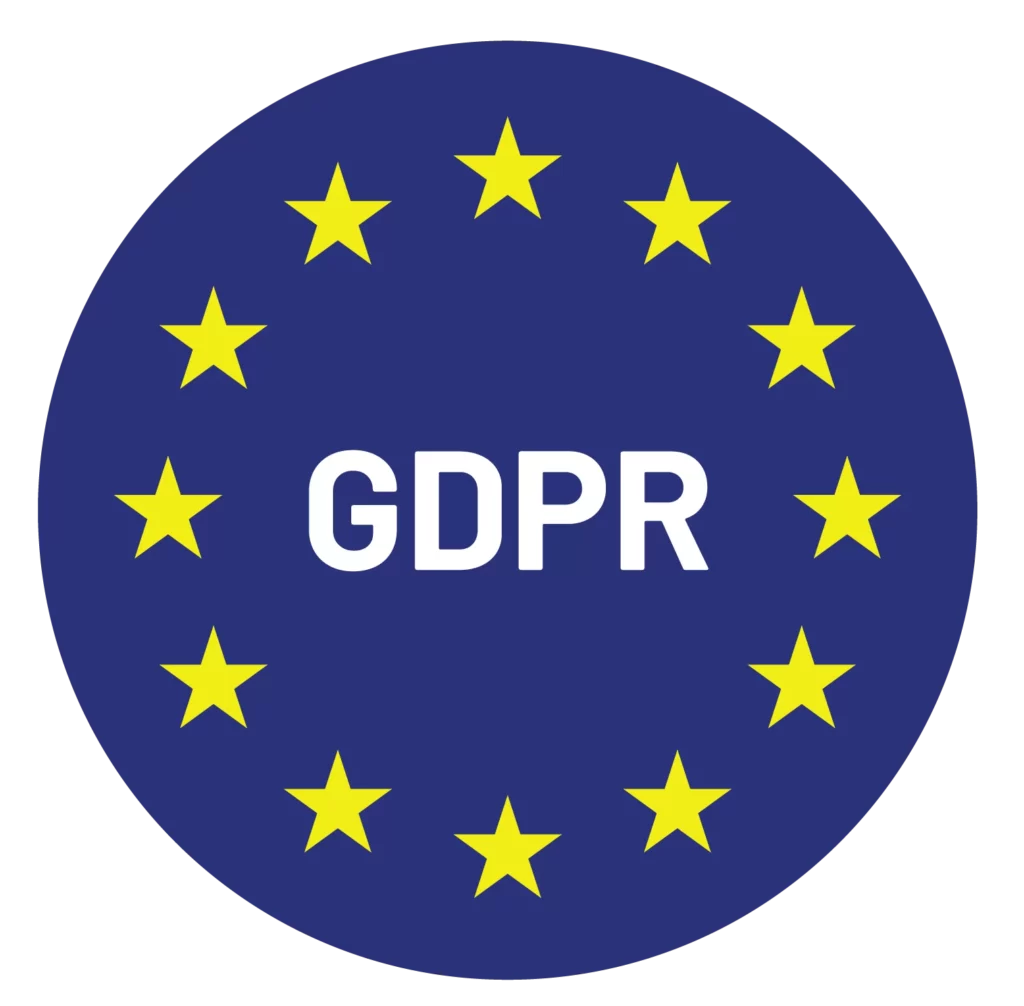In the modern world, a strong online presence is essential for professionals in various fields, including coaching. As a coach, your website is often the first interaction potential clients have with your services. Therefore, creating a well-designed coaching website is crucial to establish your brand, convey your expertise, and attract clients. In this article, we’ll delve into the details of the best practices and essential elements to consider when building an effective coaching website.
12 essential elements of a coaching website
1. Clear branding and messaging
When visitors land on your coaching website, they should immediately understand what you offer and how you can help them. Craft a compelling tagline or mission statement that succinctly conveys your coaching philosophy. Ensure that your branding elements, such as color palette and logo, are consistent across your website, reinforcing your brand identity.
2. User-friendly design
The design of your coaching website should prioritize user experience – the best coaching websites are attractive and easy to navigate. Choose a responsive design that adapts seamlessly to various devices, from desktops to smartphones. Use a clean layout with organized sections that guide visitors through your content. Opt for legible fonts and a font size that’s easy on the eyes. Employ ample whitespace to prevent information overload and create a visually appealing experience.
3. Engaging content
Content is king when it comes to attracting and retaining visitors. Provide valuable content that showcases your expertise and provides insights into the benefits of coaching. Consider starting a blog where you can share articles, tips, success stories, and thought leadership on personal development and self-improvement. This not only demonstrates your knowledge but also improves your website’s SEO, making it easier for potential clients to find you via search engines.
4. Services and packages
Dedicate at least one page to outline your coaching services and packages. For each service, provide a detailed description of what it entails, who it’s designed for, and the outcomes clients can expect. Use persuasive language to explain how your coaching can address pain points and help clients achieve their goals.
5. Compelling testimonials
Testimonials from satisfied clients are powerful social proof. Showcase these testimonials prominently on your website, ideally on the homepage or the services page. For added authenticity, consider using video testimonials where clients can share their experiences in their own words.
6. Professional imagery
Incorporate high-quality images throughout your website. Include professional photos of yourself, your coaching space, and any events or workshops you’ve hosted. Authentic imagery can help visitors connect with you on a personal level and envision the coaching experience.
7. Call to Action (CTA)
Strategically place clear and enticing Calls to Action (CTAs) throughout your website. These CTAs can prompt visitors to take specific actions, such as scheduling a consultation, signing up for a newsletter, or downloading a free resource. Use contrasting colors and compelling copy to make CTAs stand out.
8. Your profile
The “About Me” page is an opportunity to introduce yourself to potential clients. Share your background, qualifications, and personal journey that led you to coaching. Highlight your coaching philosophy, values, and what drives you to help others achieve their full potential. This page helps establish a personal connection and builds trust.
9. Blog and resources
Maintain an active blog that covers topics related to personal development, coaching insights, and self-improvement. The best coaching websites perform well because of the regularly published content. Valuable content not only positions you as an expert but also keeps visitors engaged and encourages them to return to your website for guidance and information.
10. Contact information
Make it easy for potential clients to get in touch with you. Create a dedicated contact page that includes a contact form, your email address, and possibly a phone number. Consider integrating a chatbot for instant communication and quick responses to inquiries.
11. Social proof and affiliations
Display any relevant certifications, affiliations with professional coaching organizations, and badges that showcase your credibility and commitment to excellence. These affiliations reassure potential clients of your qualifications and professionalism.
12. Privacy and security
In today’s digital landscape, privacy and security are paramount when building a website. Assure visitors that their personal information will be handled securely and transparently. Create a clear and comprehensive privacy policy that outlines how you collect, use, and protect data.
A concise checklist to building a coaching website
Planning:
- Research competitors and gather inspiration
Setup:
- Choose and register a domain name
- Select a reliable web hosting provider
Design:
- Decide on a design style
- Plan the layout and structure
- Create a responsive design for all devices
Content:
- Write clear and concise copy
- Use high-quality images and multimedia
- Craft compelling headlines
Key Pages:
- Home: Introduce your brand and purpose
- About: Share your story and values
- Services/Products: List offerings with details
- Contact: Provide contact information
Visuals:
- Choose a consistent color scheme
- Design a logo and use it on all pages
- Select readable fonts
Functionality:
- Create user-friendly navigation
- Include interactive elements (forms, buttons)
- Optimize loading speed
SEO:
- Use relevant keywords
- Write meta descriptions
- Add alt text for images
Security:
- Implement SSL encryption
- Display privacy policy
Testing:
- Check for errors and broken links
- Test across devices and browsers
Launch:
- Make the website live
- Promote through marketing channels
Maintenance:
- Update content regularly
- Monitor performance and security
While most of these steps in building a website can easily be carried out with a little bit of time, some of them might require professional assistance. Don’t hesitate to get help where you need it!
In conclusion, a well-crafted coaching website is a powerful tool for attracting clients and showcasing your expertise. By meticulously implementing these best practices and essential elements, you can create a website that not only captivates visitors but also effectively communicates your coaching offerings and values. Remember that your website is a reflection of your brand, so investing time and effort into its design and content is an investment in your coaching business’s success.

Content Marketing Consultant @ Simply.coach
Vaidehi is a content marketing consultant with a decade’s experience handling over 80 brands and multiple award-winning campaigns under her belt. When not working, you’ll find Vaidehi spending time with family, binge watching Netflix shows, and baking.
Read More:
Creating On-Brand Coaching Experiences with a Coaching Management System
Effective Marketing Strategies for ADHD Coaches: Reaching and Empowering Individuals with ADHD
How to Use Twitter for Marketing Your Coaching Business
How to Grow Your Executive Coaching Business in 2023
5 Ways to Leverage Instagram for Business as a Coach in 2023
How to Create a Social Media Calendar for Your Coaching Practice [With Post Ideas]
About Simply.Coach
Simply.Coach is an enterprise-grade coaching software designed to be used by individual coaches and coaching businesses. Trusted by ICF-accredited and EMCC-credentialed coaches worldwide, Simply.Coach is on a mission to elevate the experience and process of coaching with technology-led tools and solutions.









